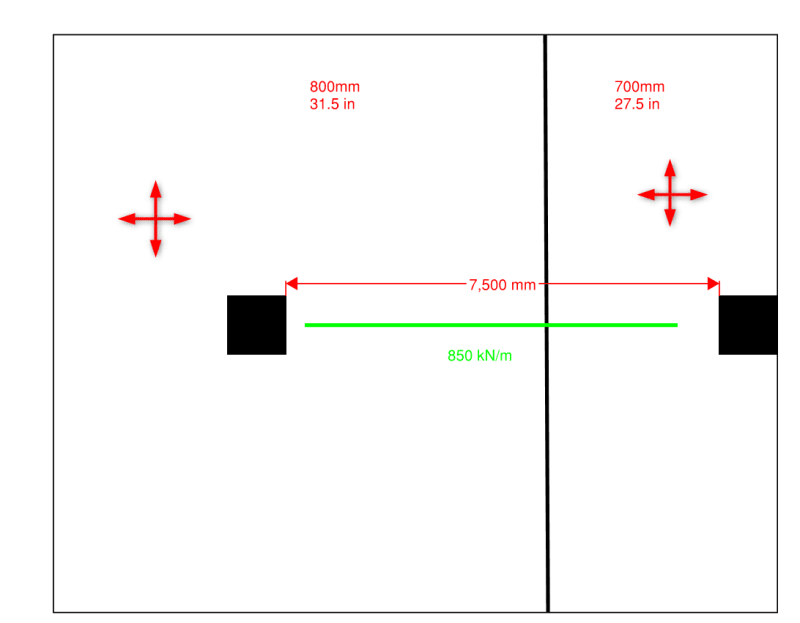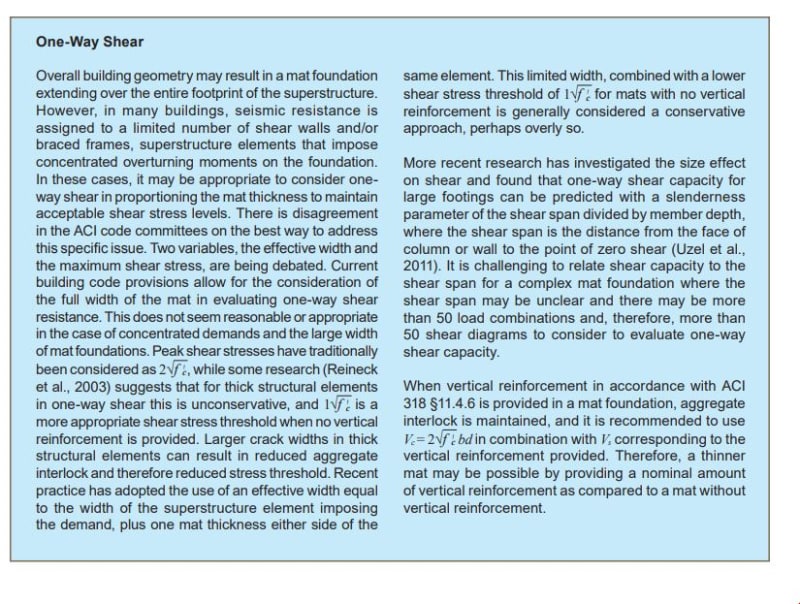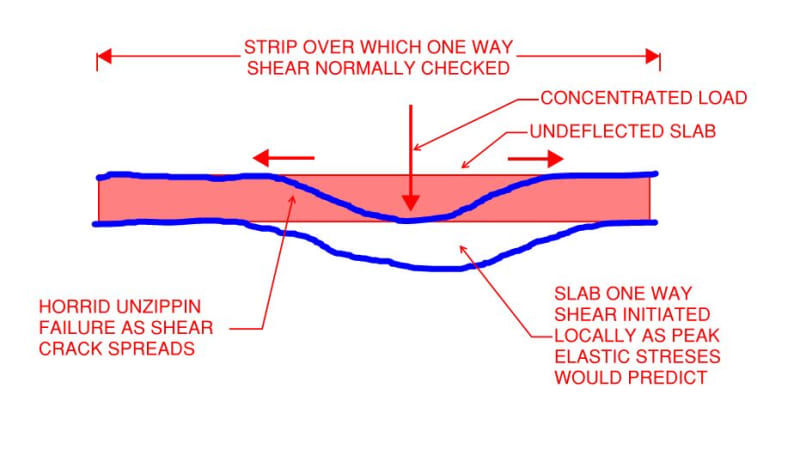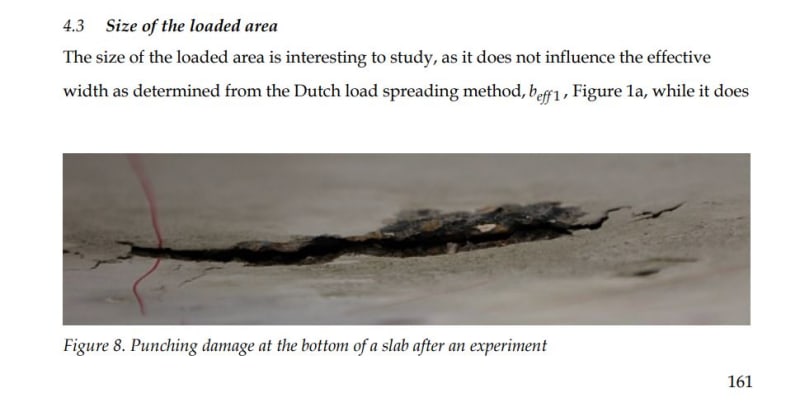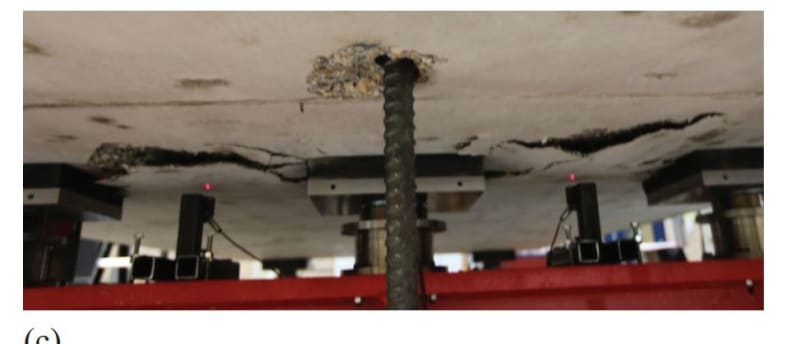Enhineyero said:
The whole width of the slab has to shear for oneway shear failure (highly unlikely for most floors).
I disagree although, as you'll see, my own understanding is far from complete.
I feel that local, one way shear stresses should be considered rather than assuming the shear to be spread across the design strip. Here's what I've got for backup on that:
1) As I understand it, one way shear is
not as ductile failure mode and, as such, significant lateral redistribution is not possible.
2) My intuition tells me that the one way shear stresses will be highest right in front of the column.
3) Every elastic FEM model that I've run indicates that shear stresses will be highest right in front of the column.
4) Both of the two documents shown below suggest that localized one-way shear is of some importance, albeit in somewhat different situations. The second one is NEHRP's guide on the seismic design of raft foundations.
This all leads me to another, related question: why is it that traditional two way slab design allows us to assume the entire design strip width is effective for one way shear? Frankly, I don't know. Presently, all that I'm able to think of is:
5) Code slab design provisions seem to have been largely developed considering uniform loads and situations where there's ample "time & space" for loads to make their way over to the column in a well distributed manner.
6) In my opinion, the code one way shear provisions are not suitable for heavy concentrated loads near the supports.
